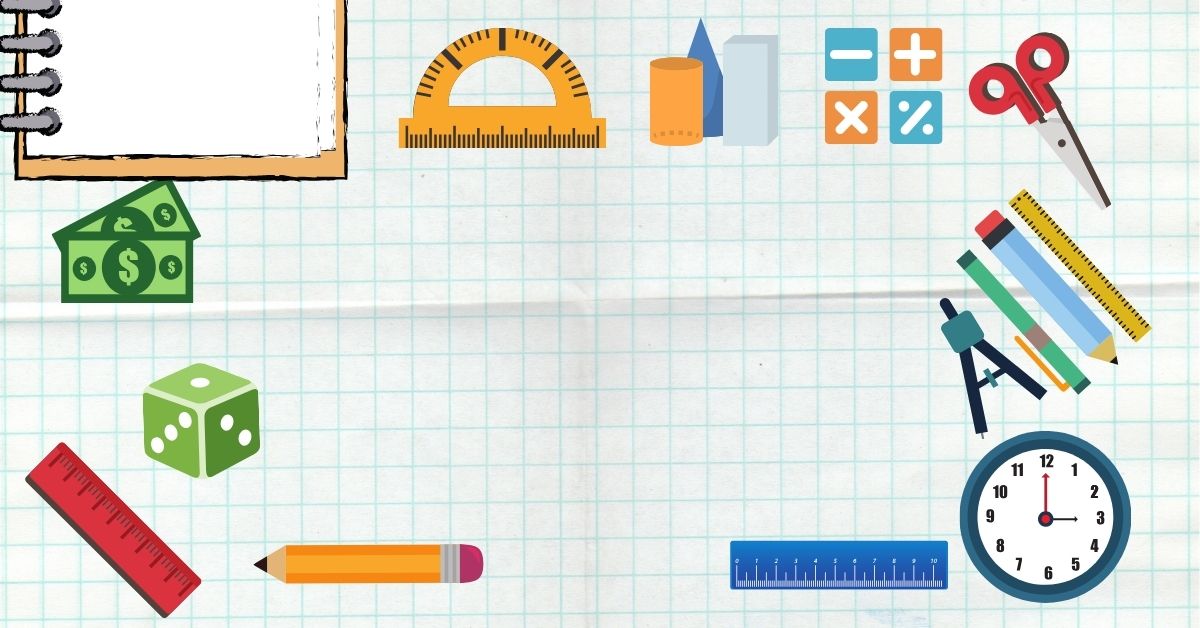Fine motor skills, the tiny movements of our hands, fingers, and wrists, are the building blocks for tasks like writing, drawing, buttoning clothes, and eating. Early development of these skills can significantly impact a child's life. Now, let's explore some delightful and innovative ways to foster these skills through arts and crafts, making learning a joyous journey!
Why Are Fine Motor Skills Important?
Before we jump into the activities, let's quickly understand why developing fine motor skills is so crucial. Strong fine motor skills help children:
- Improve handwriting: Holding a pencil and forming letters requires precise finger movements.
- Boost confidence: Mastering small tasks gives children a sense of accomplishment.
- Enhance problem-solving: Activities that challenge fine motor skills also stimulate brain development.
- Prepare for life skills: Basic daily tasks like tying shoes or zipping up jackets become easier.
Top 10 Arts and Crafts Activities to Develop Fine Motor Skills
- Playdough Magic: Squishing, rolling, and shaping playdough is a fantastic way to strengthen finger muscles. Add tools like cookie cutters, plastic knives, and pasta shapes for extra fun and challenge.
- Paper Crafting: Cutting, folding, and gluing are essential for developing fine motor control. To keep kids engaged, create paper airplanes, puppets, or masks.
- Beading Fun: Stringing beads onto a pipe cleaner or necklace cord is an excellent exercise for tiny fingers. For added difficulty, use beads of different shapes and sizes.
- Mosaic Madness: Create colorful mosaics using small pieces of paper, tiles, or buttons. This activity helps with picking up and placing small objects with precision.
- Nature Crafts: Collect leaves, sticks, and flowers to create beautiful crafts. Gluing, cutting, and arranging natural materials is a wonderful way to develop fine motor skills.
- Painting with Q-tips: Dip Q-tips in paint and let kids create artwork. This activity encourages controlled movements and improves hand-eye coordination.
- Button Sorting and Matching: Provide a variety of buttons in different colors and sizes. Ask children to sort them by color, size, or shape. Buttoning and unbuttoning also help develop fine motor skills.
- Lacing Activities: Lace cards or boards are excellent for practicing threading and tying skills. This activity is perfect for developing hand strength and coordination.
- Collage Creation: Cut out pictures from magazines or newspapers and create colorful collages. This activity involves cutting, gluing, and arranging, all of which contribute to fine motor development.
- Puzzles: Putting together puzzles of different sizes and complexities is a fun way to improve problem-solving skills and fine motor coordination.
Tips for Making the Most of These Exercises
- Start simple: Begin with age-appropriate activities and gradually increase the difficulty level.
- Make it fun: Create a playful and engaging atmosphere to encourage participation.
- Incorporate sensory elements: Use different textures and materials to stimulate the senses.
- Encourage independence: Let children explore and experiment on their own.
- Be patient: Fine motor skills develop over time, so celebrate small successes.
Conclusion
Remember, the key to developing fine motor skills is consistent practice. By incorporating these arts and crafts activities into your daily routine, you'll be helping children build a strong foundation for future success. So, get creative, have fun, and watch your little ones flourish!









Be the first one to comment on this story.